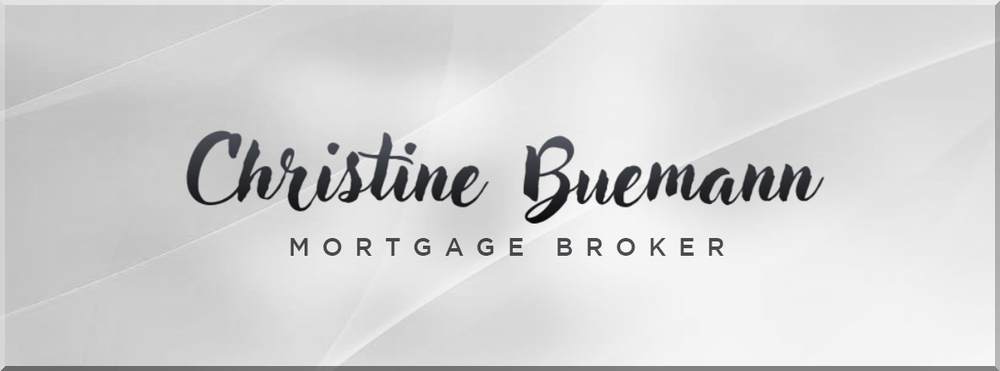Banks need to control their own lending and not rely on the government to do it for them. That’s essentially what Finance Minister Jim Flaherty told Bloomberg News last week. “The primary responsibility for prudence in lending practices rests with the financial institutions,” he said. Just as importantly, individuals “need to take responsibility for what they do and exercise common sense in terms of taking on debt.” It’s refreshing that sensibility is making headlines in Canada’s often emotional debt debate. Banks are completely capable of underwriting prudently on their own. Moreover, banks by nature fear defaults. Mortgage defaults occur in plain view. They can’t be hidden and they are not tolerated in Canada’s highly scrutinized and regulated mortgage market Flaherty won’t say whether any rule changes will be made in 2011, but he said he’ll carefully evaluate the economic implications. The most serious of these implications would be harmful effects on employment and job creation. So
